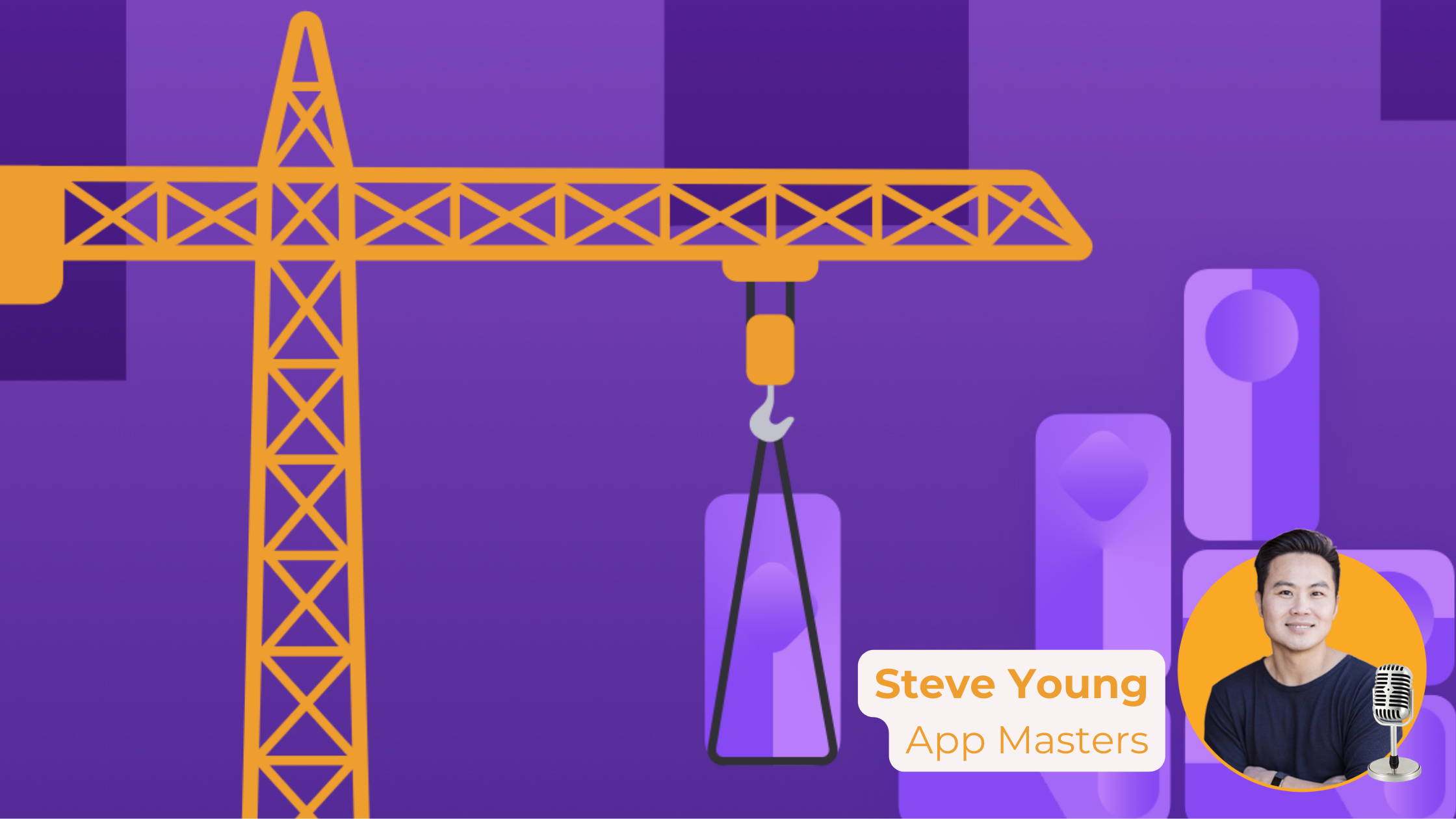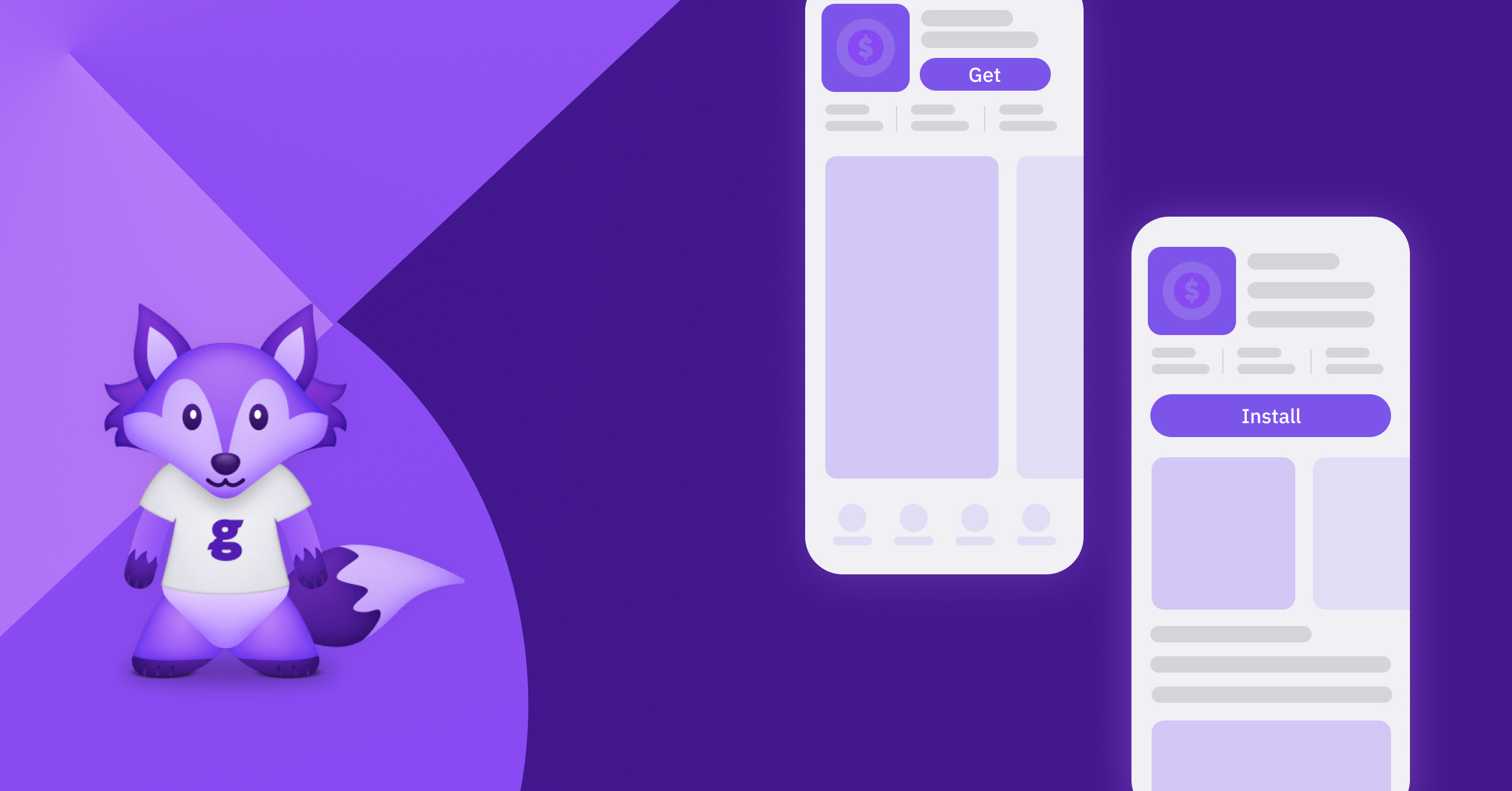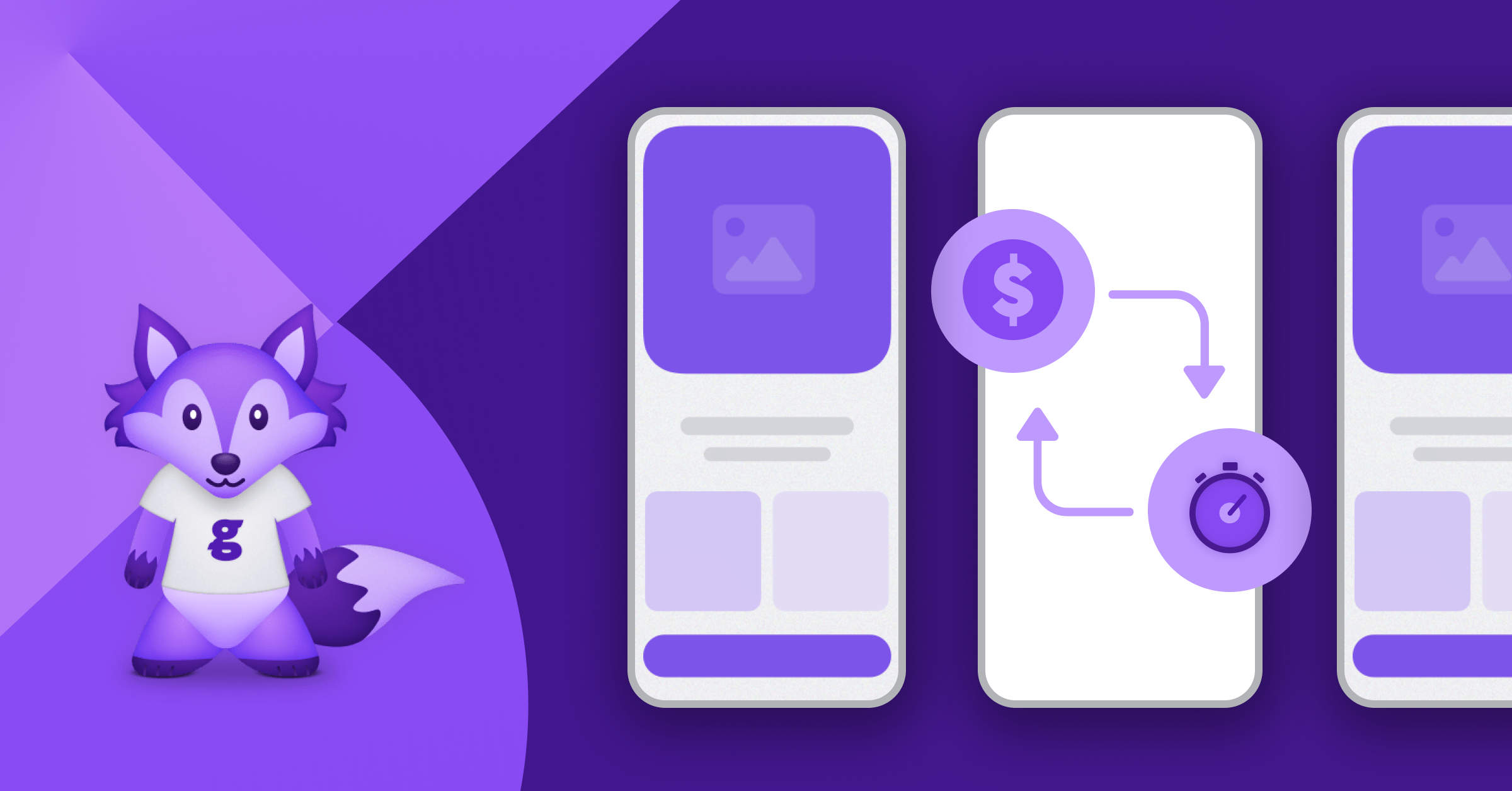Content
Cracking App Paywalls To Maximize Conversions with Steve Young

Introduction
In this blog post, we’ll delve into our conversation with Steve Young about optimizing app paywalls for maximum revenue. The discussion covers various aspects of designing and implementing effective paywalls within mobile apps and was actually in preparation for a much larger resource we will be releasing to you all soon enough.
Transcript of our chat with Steve (+ key takeaways)
1. Importance of what to track
Glassfy: Why is it important to focus on what to track when optimizing app paywalls for maximum revenue?
Steve: So I get a weekly email from Mixpanel that says, here’s your trial activation.
And now I know anecdotally that Mondays for my app, which is a sleep sounds app, convert better on Mondays versus Fridays.
I know on Mondays I get like a 15 to a 16% trial activation and on Fridays I get maybe eight to 10%. Right. That’s what I primarily look at because I know the downloads are there. I become laser focused on one metric at a time that I can impact, I do not look at too many metrics - it’s distracting.
Key takeaway:
- Paywalls are your crucial element within your app to monetize user engagement effectively - but we so frequently just paste something on the app and let it go
- A well-designed paywall can represent the value proposition and encourage users to convert to paying customers much better than any user journey ever could since it is the singular moment you have a consumers undivided attention
2. Defining the money making moment of a Paywall
Glassfy: What is the significance of the “money shot” in the context of app paywalls?
Steve: “It is the thing that you know where your value proposition is, you know your worth. Your social proof is everything that you worked your ass off for to put into an app. You want to portray, it in this paywall. You need to show what people say and back up your value when you’re asking for money. So, yes, you want the pricing. People are using it. People are loving it. And here’s how much you’re going to have to pay for it to get any value out of it.”
Key takeaways:
- The “money shot” refers to the pivotal part of the paywall where users are asked to subscribe or make a purchase.
- The paywall is where the app’s value proposition, social proof, and features are communicated to potential subscribers.
3. Features won’t fix your problems
Glassfy: What is your perspective on adding more features to increase app revenue?
Steve: Number one thing is building more features will not get you more revenue unless your funnel is already optimized. You building more features is not going to suddenly get you tremendous growth, okay?
That is the absolute myth I need to get through to developers. Look at your funnel. If it’s fully optimized, then yes you can see where to add value next but you need to exhaust what you have to ensure you hit potential.
Key takeaway:
- Focus on honing your initial offering, even going to market sooner than you think
- Allow yourself time to really maximize the value output of what you have
- By doing this you will also make more clear what to build next to add value
6. Leveraging Different Pricing Plans
Glassfy: How can you effectively leverage different pricing plans in your mobile app?
Steve: I had this discussion with a person calling you out. You know who you are! That he was like, look, look at Calm. They only have one plan, the yearly plan.
They’re forcing you into this. And I was like listen, I have enough data that says two plans are better than one, three plans are better than two. Ideally, I go with three pricing plans. Now, obviously the more plans you have, the conversion rates are going to increase because people want options. Humans naturally want the ability to choose. But you can make them choose the option that makes most sense for your business if you craft it correctly.
People are going to read and people want options. Here’s how I like to formulate my three plans. One is my ideal high LTV. So whether that’s yearly or weekly, you guys should know your data as it will be unique to your business. If I had to pick one for my apps, I’m always going to pick yearly.
Key takeaway:
- Offering multiple pricing plans can provide users with choices that cater to their preferences and budgets.
- A common approach is to provide high, low, and intermediate-priced plans, each with specific benefits.
- Feel free to test with and without trials based on your user behaviors, there is plenty of data that argues both sides.
7. Long vs. Short Paywalls
Glassfy: The ongoing debate. Long vs. short paywall. What are your thoughts?
(Spoiler alert, steve is bullish on long paywalls!)
Steve: Lead with the headline. Make sure you have your pricing table above the fold. And this is where I think most people fall off, right? So make sure your pricing table on a long paywall is above the fold. Make sure the subscribe now or start Free Trial Generally Works is a floating button so that as I’m scrolling, I can always just hit a start free trial.
Then you want to lead with like three or four key benefits, maybe even add a video. In there. Have some social proof. If you want to do a features table, you can do that, or you can just have a video, right? If you look at the period tracker Flow, they say with Flow without Flow, before they hit you with the Paywall, they’re just priming the user.
I really like that to have testimonials. Have your pricing table again, because as you’re scrolling, you want to show them one more time what they’re getting into you. And then have some FAQs again. This is all shit that we would see on the web, right? Have all those elements.
Key takeaway:
- Long paywalls, containing detailed information and benefits, tend to perform better than shorter versions.
- Developers should focus on laying out the paywall content effectively to keep users engaged and informed.
8. A/B Testing and Constant Monitoring of Data
Glassfy: How do you recommend conducting A/B testing and monitoring data for paywall optimization?
Steve: The low hanging fruit that, like I said, I can change these things on my own. Right? No engineering needed. How do I remove the trial from the monthly with no engineering needed. Literally going to App Store Connect as long as the engineer did not have that as a static text.
Free trial, prices, and more do not need engineering. So that’s how I like to operate. What can you do from all our discussion that doesn’t require engineering so that you can test, and if it works, then go put some engineering on it.
Key takeaway:
- Build your structure in a way where product can test things without engineering
- Constantly test different paywall elements to identify what works best for a specific app and audience including pricing and Packaging
- Iterative optimization involves making small changes, analyzing results, and building on successful strategies.
- Have your right tools in place to help guide you to those decisions - not just qualitative
Conclusion
Optimizing paywalls within mobile apps requires careful planning, data analysis, and continuous optimization… but also, you just gotta sometimes make that change, change that price and do that thing to see what happens - especially when there isn’t much data early on. A combination of personalization, clear value communication, and iterative testing can contribute to successful paywall implementations. Remember that the ultimate goal is to provide users with value while encouraging them to subscribe, resulting in a win-win situation for both users and app owners.
Reach out directly to Steve here.
Read More




